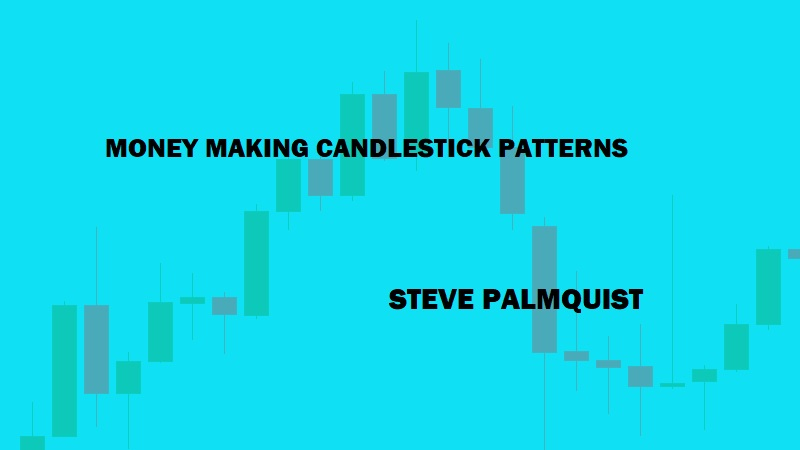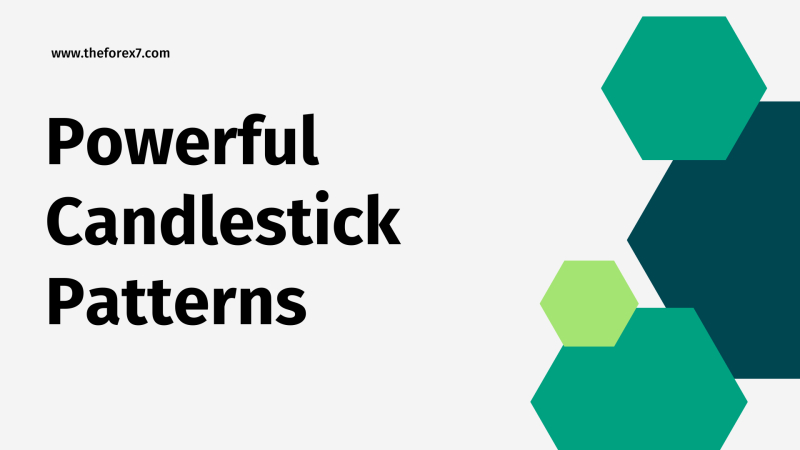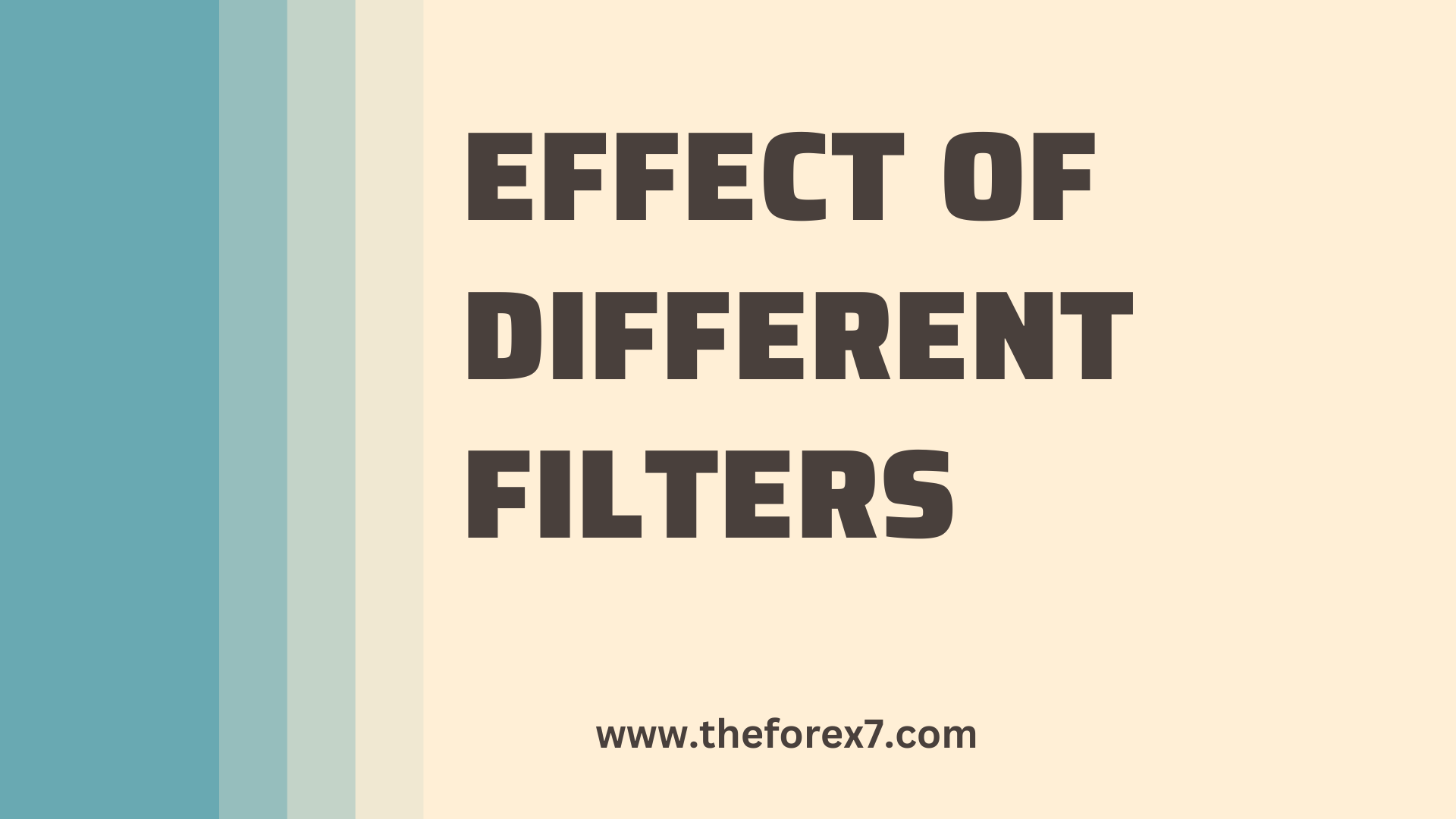Determining the Optimal Market to Trade
Types of market trade, Determination of optical market, Varying the holding period, How to trade sideways market
Course: [ MONEY MAKING CANDLESTICK PATTERNS : Chapter 3: Bearish Engulfing Pattern ]

The three bearish engulfing patterns I just outlined all occurred on the same date and yet provided different results for short positions. Like I’ve said before, trading is a statistical business and not every pattern results in a profitable trade.
DETERMINING THE OPTIMAL MARKET TO TRADE
The
three bearish engulfing patterns I just outlined all occurred on the same date
and yet provided different results for short positions. Like I’ve said before,
trading is a statistical business and not every pattern results in a profitable
trade. The trader must understand how often the pattern produces a profitable
result and the effects of various parameters such as volume, price level, and
average volume, as well as the effects of varying different parameters involved
in the definition of the pattern. Bottom line, it’s time to start testing
again.
FIRST TEST PERIOD: 1/3/06 to 5/1/ 07
Figure 3.4 shows the results of testing the
bearish engulfing pattern during the period of 01/03/06 to 05/01/07. The
results show that during this period the pattern not only performed worse than
buy and hold, it actually lost money. In fact, losing trades occurred more than
55% of the time and less than 44% of the trades during this period resulted in
a profit. The initial backtesting results raise a caution flag.
FIGURE 3.4: BEARISH ENGULFING BACKTEST DURING
1/03/06 TO 5/01/07

TEST PERIOD INCREASED TO ONE YEAR
The
market is always changing, and during certain market conditions some systems
perform better than others. It is important to check a potential trading system
in multiple time frames and also in different market conditions. Figure 3.5 shows the results of increasing the
test period by a year and testing the basic bearish engulfing pattern during
the period of 01/03/05 to 05/01/07.
FIGURE 3.5: BEARISH ENGULFING BACKTEST DURING
1/03/05 TO 5/01/07

Increasing
the length of the testing period by one year significantly changed the results.
The bearish engulfing pattern still shows a loss for the test period, but it
was reduced from a loss of 35% for the first test to a smaller loss of 26% when
adding a year to the test period. One possible explanation for this is that the
results of using the bearish engulfing pattern depend on the market conditions
in which it is used.
In
order to test this theory, we have to consider what different types of trading
environments the market can present us with. We know there are only three
things the market can do. It can move down, move up, or move mostly sideways.
Testing the bearish engulfing pattern in each of these three different market
conditions will let us know if the pattern works better in one of the three
market types.
DOWNTREND MARKET
During
the period of 12/31/04 to 04/28/05, the market was in a downtrend and dropped
about 200 points, or about 10%, as shown in Figure
3.6. Testing the basic bearish engulfing pattern with a three day
holding period during this period resulted in 1,859 trades and a 31% annualized
ROI, which is quite favorable as compared to the approximate 10% loss in the
NASDAQ. Profitable trades equaled about 58% and only 40% resulted in losses.
This is a significant improvement over the previous results.
FIGURE 3.6: DECLINING MARKET DURING FIRST
FOUR MONTHS OF 2005

SIDEWAYS MARKET
During
the period of 11/17/05 to 03/13/06, the market moved mostly sideways within a
100 point range, as shown in Figure 3.7. Testing
the basic bearish engulfing pattern during this period, when the market was
stuck in a trading range, resulted in 2,880 trades and a 45% loss. Fewer than
45% of the trades were winners and more than 54% were losers. It would appear
that at least in these two cases, the basic bearish engulfing pattern performs
better when the market is in a downtrend than when it is moving sideways in a
range.
FIGURE 3.7: TRADING RANGE MARKET DURING
DECEMBER TO MARCH 2006

UPTREND MARKET
The
third market condition is an uptrend, such as the market experienced during the
period of 08/11/06 to 11/17/06, as shown in Figure
3.8. Running the basic bearish engulfing pattern with a three day
holding period during this bullish market period resulted in 2,627 trades that
showed an annualized ROI of negative 69%. Less than 37% of the trades were
profitable and the trading pattern lost money on more than 62% of the trades.
This was the worst result so far.
FIGURE 3.8: BULLISH MARKET DURING AUGUST TO
NOVEMBER 2006

The
test results are interesting and show that in these cases the bearish engulfing
pattern works best in a downtrending market and should be avoided in sideways
or uptrending markets. Testing the basic bearish engulfing pattern in another
market downtrend, the period between 07/28/05 and 10/17/05, confirms the
previous results by showing a 38% annualized ROI for the 1,451 trades made.
More than 54% of the trades were profitable.
After
testing the bearish engulfing trading pattern in two different time frames and
all three types of market conditions, we find that the only times it has shown profitable
annualized ROIs were the two times it was tested in bearish markets. Additional
testing bears out the results that this trading pattern works best in declining
markets and provides poor results in trading range or bullish markets.
Many
trading patterns show specific market environments in which they perform well;
and others where they are best avoided. One of the keys to trading involves
knowing which is which. Unless traders study the results of large numbers of
trades in different market conditions, they will not know when to use each
pattern in their trading toolbox. Using the same pattern in all market
conditions may just churn the account. Selecting the right pattern for the
current market conditions may improve trading results.
VARYING THE HOLDING PERIOD
Table 3.1 shows the effect of varying the
holding period for the basic bearish engulfing pattern when running the test
during the market downtrend of 12/31/04 to 04/28/05. The best results are
obtained using a four day holding period and the annualized ROI drops off
consistently for longer holding times. The bearish engulfing pattern is a short
term trading pattern and the longer the position is held, the lower the
results. Each trading pattern seems to have time frames that it likes best. It is
a good idea to check this information for every pattern you intend to use.
TABLE 3.1 TEST RESULTS FOR 12/31/04 TO 04/28/05
WITH DIFFERENT HOLDING PERIODS
MONEY MAKING CANDLESTICK PATTERNS : Chapter 3: Bearish Engulfing Pattern : Tag: Candlestick Pattern Trading, Forex : Types of market trade, Determination of optical market, Varying the holding period, How to trade sideways market - Determining the Optimal Market to Trade




